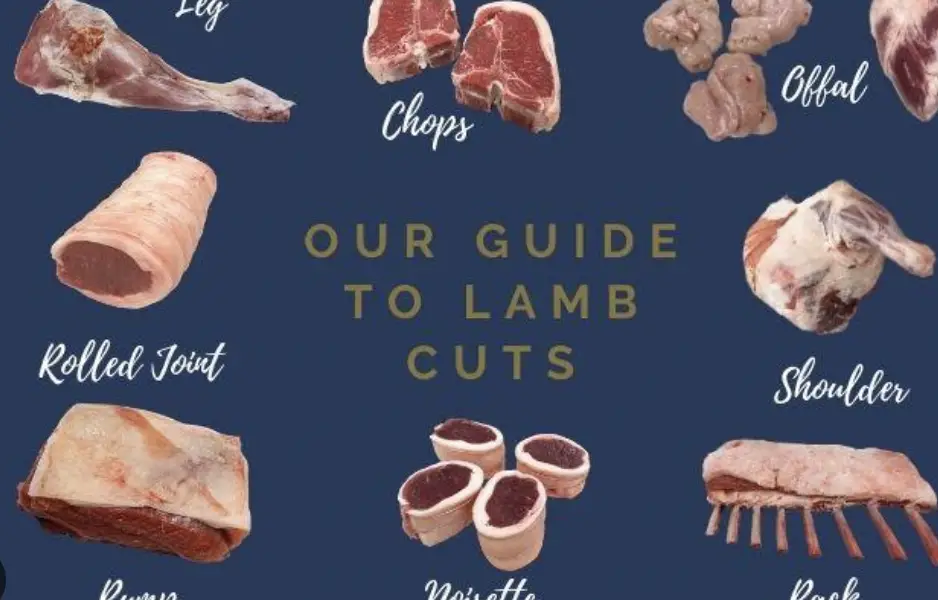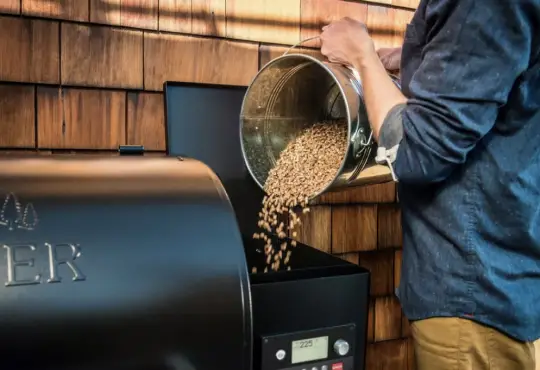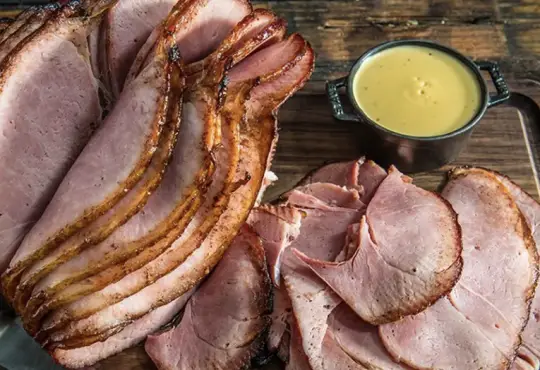
Lamb Shoulder vs. Lamb Leg: A Meaty Showdown
When it comes to indulging in succulent and flavorful lamb dishes, two cuts that often steal the spotlight are lamb shoulder and lamb leg. Both cuts have their own unique qualities that lend themselves to various cooking methods and flavor profiles. In this blog post, we’ll dive into the showdown between lamb shoulder and lamb leg, exploring their differences, best cooking methods, and the culinary delights they bring to the table.
Lamb Shoulder:
Description: Lamb shoulder is known for its rich marbling and a higher fat content compared to the leg. It’s a tougher cut of meat, but when cooked properly, it becomes meltingly tender and full of flavor.
Flavor and Texture: The higher fat content in the shoulder contributes to a richer, more intense flavor. The meat can be slightly tougher than the leg, making it ideal for slow cooking methods that allow the collagen to break down and create tender meat.
Cooking Methods: Lamb shoulder shines in slow-cooked dishes like braises, stews, and roasts. It’s also excellent for barbecue and smoking, as the slow cooking process tenderizes the meat while infusing it with smoky goodness.
Culinary Delights: Lamb shoulder excels in dishes like pulled lamb sandwiches, Moroccan-style tagines, and hearty stews where the robust flavor and tender texture make a standout impression.
Lamb Leg:
Description: Lamb leg is a leaner cut with less marbling than the shoulder. It’s renowned for its versatility and can be prepared in various ways to suit different cuisines.
Flavor and Texture: The lean nature of the lamb leg offers a milder, clean flavor that pairs well with a variety of seasonings and marinades. It has a tender texture and is easier to carve compared to the shoulder.
Cooking Methods: Lamb leg is fantastic for roasting, grilling, and even pan-searing. It’s often cooked as a whole roast or carved into smaller cuts like chops or steaks for quicker cooking.
Culinary Delights: Lamb leg is perfect for special occasions, where roasting showcases its tenderness and allows for beautiful presentation. It’s also a popular choice for Mediterranean-style dishes like gyro sandwiches or Greek-inspired grilled lamb.
Which Cut to Choose:
1. Lamb Shoulder: Choose lamb shoulder when you’re looking for intense flavor and a melt-in-your-mouth texture, especially for slow-cooked dishes or barbecue extravaganzas.
2. Lamb Leg: Opt for lamb leg when you want a leaner, more versatile cut that’s perfect for roasting, grilling, and showcasing various seasonings.
Conclusion:
Both lamb shoulder and lamb leg bring their unique attributes to the dining table, offering a range of culinary possibilities. Whether you’re in the mood for a rich and hearty slow-cooked meal or a lean and elegant roast, understanding the characteristics of each cut empowers you to create lamb dishes that delight the taste buds and impress your guests. So, whether you’re team shoulder or team leg, both cuts promise to deliver a delectable and unforgettable dining experience.






